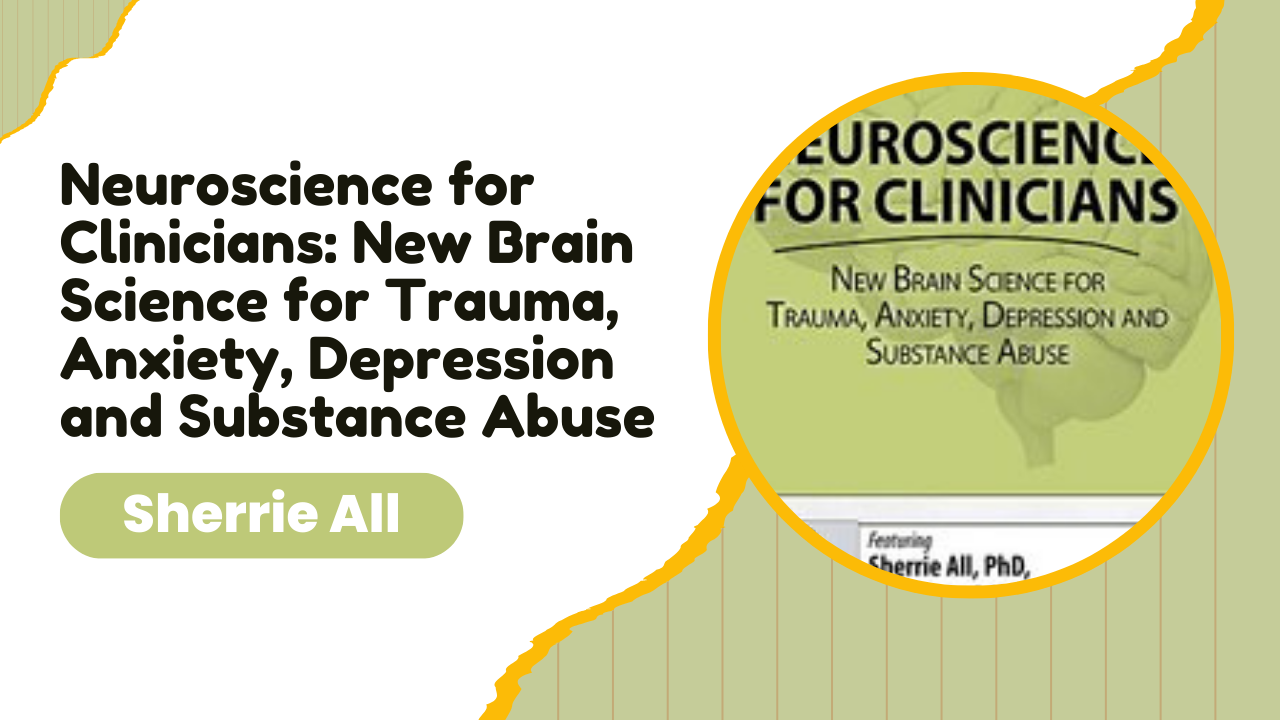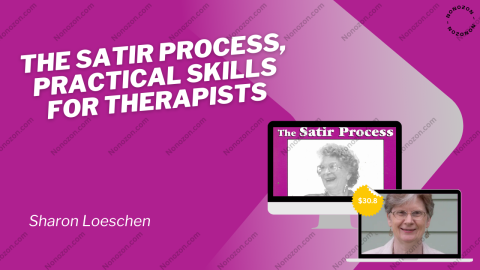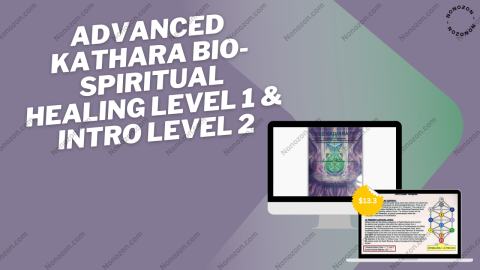Neuroscience for Clinicians: New Brain Science for Trauma, Anxiety, Depression and Substance Abuse
by Sherrie All
Neuroscience for Clinicians: New Brain Science for Trauma, Anxiety, Depression and Substance Abuse
Check proof of content here:

In the evolving landscape of mental health treatment, an understanding of neuroscience is becoming increasingly essential for clinicians. The concept of merging brain science with clinical practice, particularly in addressing trauma, anxiety, depression, and substance abuse, is crucial for providing effective patient care. Sherrie All's work serves as a bridge between these two fields, providing clinicians with insightful tools to approach complex psychological conditions. This article explores the key themes presented in her book, fostering a deeper understanding of how neuroscience can inform clinical practice and improve patient outcomes.
Understanding Brain Function
The Brain’s Response to Trauma
At the heart of Sherrie All's writing is the intricate relationship between brain function and mental health. Understanding how trauma affects the brain is crucial for clinicians working with affected patients. For instance, the amygdala—often referred to as the brain’s alarm system—plays a central role in processing emotions and shows heightened activity in individuals who have experienced trauma. This hyperactivity may lead to emotional dysregulation, heightened anxiety, and changes in behavior. Awareness of these neurological responses allows therapists to adopt more empathetic and effective interventions.
Neuroplasticity and Hope for Change
All also explores the brain’s neuroplasticity—its capacity to adapt and reorganize based on experiences. This concept brings a message of hope: even longstanding thought and behavior patterns can be reshaped. Just as a river carves new paths through a landscape, targeted therapeutic interventions can help rewire the brain, offering a path to healing.
Cortisol and Cognitive Disruption
Additionally, All emphasizes the role of stress hormones such as cortisol. High cortisol levels can impair attention, memory, and overall cognitive function. Recognizing this biological effect helps clinicians incorporate stress-reduction strategies into therapy, enabling a more effective and supportive healing process.

Neuroscience Basics for Clinicians
Making Brain Science Accessible
Neuroscience can often appear intimidating to clinicians without formal training in the subject. However, Sherrie All breaks down key concepts in a way that is practical and accessible, helping clinicians apply brain science in therapeutic contexts.
Key Concepts Explained
Neuroplasticity – The brain's lifelong ability to change and form new neural pathways.
HPA Axis – The hypothalamic-pituitary-adrenal axis plays a key role in the body’s stress response and its dysregulation is linked to various disorders.
Neurotransmitters – Chemicals like dopamine and serotonin significantly impact mood, motivation, and emotional regulation.
Understanding these basics empowers clinicians to communicate more effectively with patients and to design treatment strategies grounded in science.
Trauma-Informed Care
Foundations of a Trauma-Informed Approach
One of the most important themes in All’s work is the integration of trauma-informed care. A trauma-informed perspective helps clinicians interpret behaviors and emotional responses through the lens of past trauma.
Key principles include:
Safety – Establishing a secure therapeutic environment
Trustworthiness – Building transparency in the therapeutic relationship
Collaboration – Involving patients in their treatment planning
Empowerment – Supporting patients in reclaiming control over their lives
Applying the Neuroscience of Trauma
Understanding neurological reactions—such as the freeze, fight, or flight response—enables therapists to tailor interventions to the patient's unique trauma history. This knowledge allows for treatment that is not only effective but also protective against re-traumatization.
Practical Applications
From Knowledge to Intervention
All’s work is not merely theoretical; it is rich with practical tools that clinicians can apply immediately. These include:
Cognitive Behavioral Therapy (CBT): Helps patients identify and shift negative thought patterns
Mindfulness: Encourages present-moment awareness, which reduces anxiety and improves emotional regulation
Therapeutic Tools and Techniques
Mindfulness Practices – Simple exercises to promote calm and presence
Psychoeducation – Teaching clients about how trauma affects the brain
Cognitive Restructuring – Helping clients replace distorted thinking with healthier alternatives
Behavioral Activation – Encouraging engagement in meaningful activities to combat depressive symptoms
These techniques give clinicians a broader set of tools to work with, creating space for healing and resilience.
Integrative Perspectives
Bridging Disciplines
Sherrie All advocates for a multi-disciplinary approach that draws on insights from neuroscience, psychology, psychiatry, and the social sciences. This integrative mindset allows for a more comprehensive understanding of patient experiences.
Considering the Broader Context
Mental health is shaped by a complex interplay of social, cultural, and economic factors. Clinicians informed by neuroscience and sensitive to broader systemic issues can provide more personalized, culturally competent care. All’s work calls on professionals to look beyond symptoms and see the full human story.
Finding the Source
For those wishing to explore this work or similar resources, the following are recommended avenues:
Online Retailers: Amazon, Barnes & Noble
Libraries: Public or university libraries, with interlibrary loan options
Academic Platforms: Google Scholar, ResearchGate
Publisher Websites: Direct purchase and supplementary materials
Journals: Access to peer-reviewed studies for further reading
These resources ensure clinicians remain up-to-date on emerging science and best practices.
Conclusion
Sherrie All's exploration of neuroscience and mental health creates a powerful bridge between research and therapy. By weaving together brain science, trauma-informed care, and practical techniques, her work equips clinicians to offer compassionate and effective care. As practitioners embrace this science-backed approach, they not only improve their practice but also enhance their clients’ capacity for healing. In doing so, they help build a more informed, resilient, and hopeful future for those navigating the complexities of mental health.




